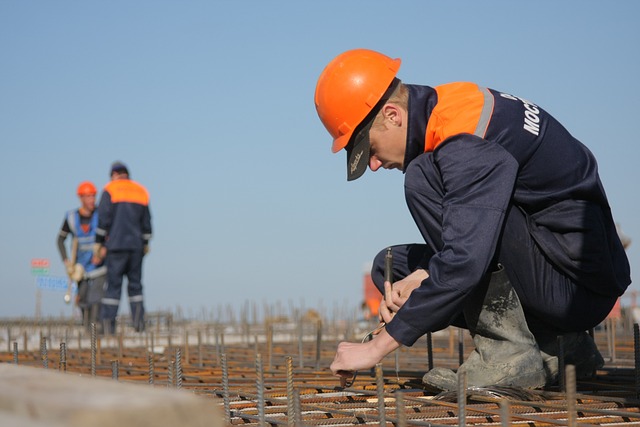Residential roofing contractors emphasize the critical role of a sturdy roof in protecting homes from environmental elements, enhancing energy efficiency, and ensuring structural integrity. Choosing the right roofing materials, such as metal or asphalt shingles, based on climate and budget is essential. Professional installation by skilled contractors ensures a leak-free, durable roof that meets safety standards and promotes home value. Regular maintenance, including inspections and gutter cleaning, prevents damage and extends roof lifespan. Modern trends focus on sustainability and technology, with advanced tools and smart roofing systems enhancing structural integrity. Budgeting considers material and labor costs, with quotes from multiple reputable contractors offering the best balance between quality and affordability.
Roof installation is an essential component of any home’s protection against the elements. As your roof safeguards your sanctuary from harsh weather, choosing the right materials and ensuring professional installation can significantly impact your home’s longevity and value. This comprehensive guide delves into the intricacies of residential roofing, offering insights on selecting suitable materials, hiring reputable Residential Roofing Contractors, common issues, maintenance tips, modern trends, and budgeting considerations for a new roof.
Understanding Your Roof's Role in Home Protection
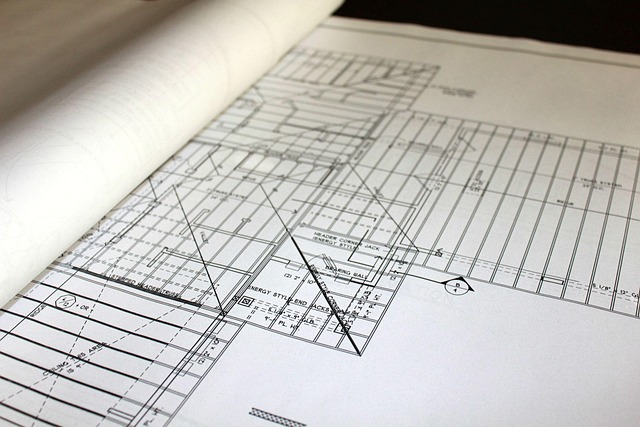
A roof is an essential component of any home, serving as the first line of defense against the elements. Understanding its critical role in protecting your property and family is key when considering a roof installation.
Residential roofing contractors emphasize that a sturdy, well-installed roof acts as a shield, safeguarding the interior from rain, snow, wind, and extreme temperatures. It prevents water penetration, which could lead to costly damage to insulation, drywall, and even structural elements over time. A quality roof also contributes to energy efficiency by regulating indoor temperatures, reducing the need for excessive heating or cooling. By investing in reliable roofing materials and expert installation, homeowners can ensure their homes remain secure, comfortable, and protected from the harshest weather conditions.
Choosing the Right Roofing Material for Your Home

When it comes to roof installation, choosing the right roofing material is a crucial decision for any homeowner. Factors like climate, budget, and personal style should guide your selection. For instance, if you live in an area prone to heavy rain or snow, a durable, water-resistant material like metal or slate might be ideal. On the other hand, asphalt shingles are a popular choice due to their affordability and ease of installation, making them suitable for many residential roofing projects.
Residential roofing contractors often recommend materials based on years of experience and local weather patterns. They can help you navigate the vast array of options available today, from traditional asphalt to more sustainable choices like recycled metal or energy-efficient tiles. Ultimately, the right roofing material will not only enhance your home’s curb appeal but also ensure long-lasting protection against the elements.
The Importance of Professional Installation Techniques

When it comes to roof installation for homes, professional installation techniques are paramount. Hiring licensed and experienced residential roofing contractors ensures a durable and leak-free roof that can withstand varying weather conditions. Skilled technicians employ precision and expertise to properly align shingles, underlayments, and flashing, creating an impenetrable barrier against the elements.
Beyond simply installing materials, professionals also consider essential factors such as ventilation, insulation, and local building codes. Proper ventilation helps regulate attic temperatures, reducing wear and tear on the roof and saving on energy costs. Adequate insulation provides thermal protection, enhancing indoor comfort and efficiency. Compliance with building codes ensures that your home’s roofing meets safety standards, preventing future issues and potential structural damage.
Finding Reputable Residential Roofing Contractors
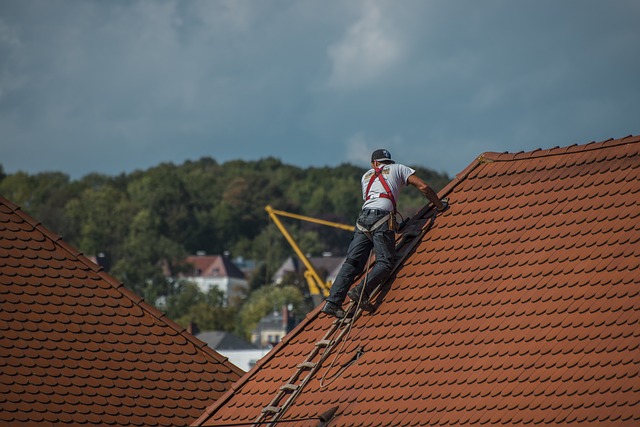
When considering roof installation for your home, finding reputable Residential Roofing Contractors is paramount to ensure a durable and well-installed rooftop. Begin your search by asking for recommendations from trusted sources like friends, neighbors, or local hardware stores. Online reviews and ratings on platforms dedicated to home services can also provide valuable insights into a contractor’s reliability and work quality.
Verify the contractors’ licenses, insurance coverage, and warranties to protect yourself from potential risks. Check their portfolio or past project photos to gauge their expertise in handling various roofing types and styles. Communicate your specific needs clearly, and ensure the contractor provides a detailed estimate that aligns with your budget. A professional who is willing to answer all your questions transparently is more likely to deliver exceptional service throughout the roof installation process.
Step-by-Step Guide to Roof Installation Process

Roof installation is a complex process that requires expertise and precision. Here’s a step-by-step guide to help you understand the process, offering valuable insights for both homeowners and residential roofing contractors.
1. Preparation: The initial step involves preparing the roof deck by ensuring it’s clean, dry, and free from any debris or existing materials like old shingles. This stage is crucial as it forms the base for your new roof. Next, measure the area to be covered, ensuring accurate dimensions for material cutting and ordering.
2. Underlayment Installation: After preparing the deck, install a waterproof underlayment membrane. This layer acts as a secondary barrier against moisture, protecting the roofing materials below. It’s essential for providing an extra level of defense against leaks, especially in regions with extreme weather conditions.
3. Roofing Material Selection and Placement: Choose your preferred roofing material—asphalt shingles, metal, tile, or slate—based on factors like durability, aesthetics, and budget. Once selected, start placing the materials, ensuring proper alignment and secure fastening using nails or screws. Leave adequate gaps for expansion and contraction to prevent damage from temperature fluctuations.
4. Flashings and Trim: To seal joints and protect vulnerable areas, install flashings around chimneys, vents, and walls. Follow up with trim work to finish the roof’s perimeter, ensuring water cannot seep in through any gaps.
5. Final Inspection: Conduct a thorough inspection after completion to verify all components are secure and aligned correctly. Check for any loose materials, proper drainage, and the overall quality of the installation.
Common Roof Issues and How to Prevent Them
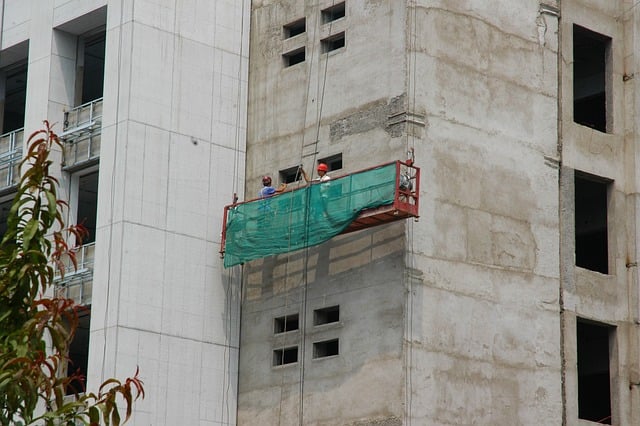
Roofs are a critical component of any home, protecting it from the elements and ensuring comfort for its occupants. However, they can be prone to various issues that may compromise their integrity and performance over time. Common roof problems include leaks, missing or damaged shingles, flashing issues, and structural damage caused by severe weather conditions like storms and high winds. Regular maintenance is key to preventing these issues. Homeowners should schedule annual inspections with reputable residential roofing contractors to identify and address potential problems early on.
To prevent leaks, ensure all gutters are clean and properly attached to direct water away from the roof. Repair or replace missing or damaged shingles promptly to avoid water penetration. Flashing around vents, chimneys, and valleys should also be examined regularly as these areas are common leak points. Additionally, reinforcing the roof structure against high winds and heavy snow loads can significantly reduce the risk of structural damage. Investing in a robust and well-maintained roofing system not only safeguards your home but also ensures peace of mind for years to come.
Maintenance Tips for Longevity and Aesthetics

Regular maintenance is key to ensuring your home’s roof remains in top condition, enhancing its longevity and aesthetic appeal. A well-maintained roof can last for decades while maintaining its structural integrity and visual appeal. One simple yet effective practice is conducting visual inspections at least twice a year. This involves walking on the roof (with safety precautions) or using a pair of binoculars to scan for any signs of damage, such as missing shingles, leaks, or loose flashing. Addressing these issues promptly prevents minor problems from escalating into major repairs.
Additionally, cleaning your roof regularly helps remove debris like leaves and branches that can block gutters and drains. This ensures proper water flow, preventing water damage to the roof and walls. Many residential roofing contractors recommend professional cleaning every one to two years, depending on the region’s climate and tree coverage. Finally, sealing cracks and crevices with a high-quality caulk not only improves energy efficiency but also protects against moisture intrusion, keeping your roof in pristine condition for years to come.
Exploring Modern Roofing Trends and Innovations

In today’s digital era, the world of residential roofing has seen a significant evolution in trends and innovations. Modern homeowners are increasingly looking for sustainable, aesthetically pleasing, and technologically advanced solutions. One prominent trend is the adoption of eco-friendly materials like recycled metal, energy-efficient tiles, and cool roofs that reflect sunlight, thereby reducing energy consumption. Smart roofing systems, equipped with sensors and connectivity, are also gaining popularity, offering real-time monitoring of roof conditions and enhancing structural integrity.
The role of residential roofing contractors has become more multifaceted. They are now expected to be adept in handling complex installations, repairs, and replacements while ensuring compliance with local building codes and regulations. With the rise of technology, these professionals leverage advanced tools for precise measurements, efficient installations, and long-lasting solutions. This not only enhances the quality of work but also contributes to the longevity and value of homes.
Cost Considerations: Budgeting for a New Roof
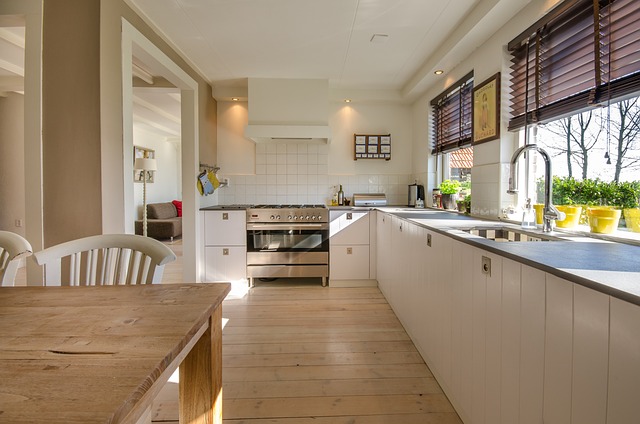
When budgeting for a new roof, it’s crucial to consider both material costs and labor expenses. Residential roofing contractors charge varying rates based on factors like your location, roof size, and chosen materials. For instance, asphalt shingles are generally more affordable than metal or tile options. Additionally, the complexity of your roof’s design can impact labor charges; steep slopes or unusual shapes might require specialized skills and equipment.
To ensure a smooth installation process, it’s essential to secure quotes from multiple reputable contractors. This allows for comparison shopping and helps you find a balance between quality craftsmanship and staying within your budget. Remember, the lowest quote isn’t always the best deal; consider the overall value offered by each contractor, including warranties and post-installation support.
